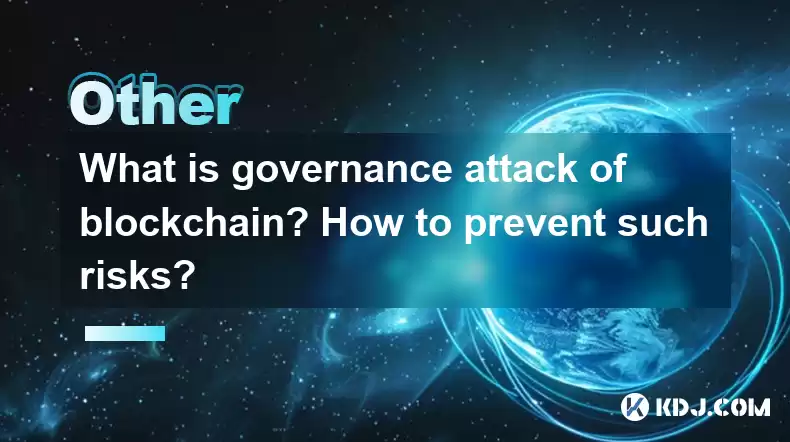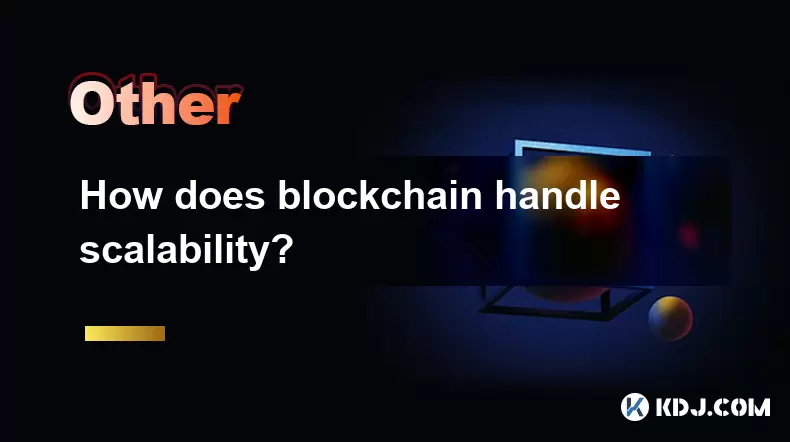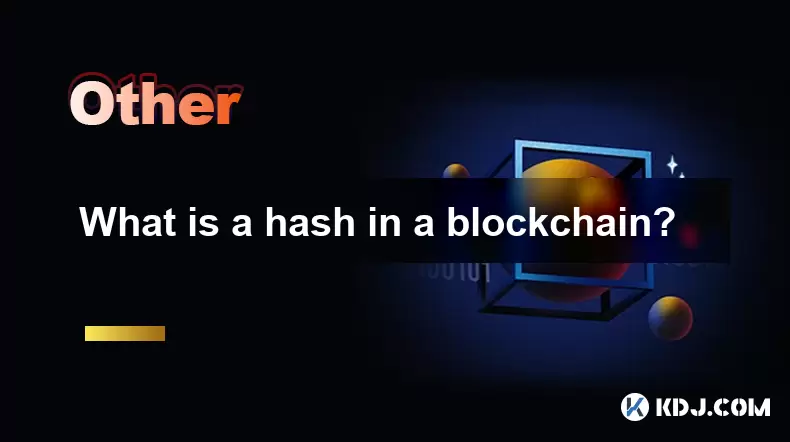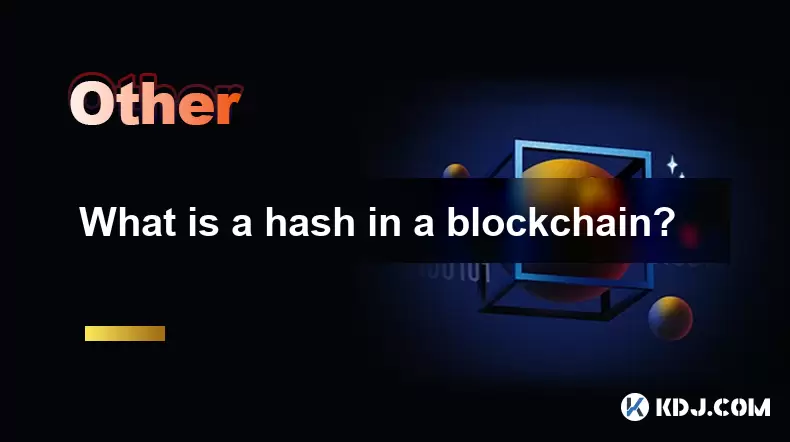-
 Bitcoin
Bitcoin $113900
-1.39% -
 Ethereum
Ethereum $3517
-4.15% -
 XRP
XRP $3.009
1.59% -
 Tether USDt
Tether USDt $0.9997
-0.04% -
 BNB
BNB $766.8
-1.41% -
 Solana
Solana $164.6
-2.38% -
 USDC
USDC $0.9998
-0.02% -
 TRON
TRON $0.3277
0.65% -
 Dogecoin
Dogecoin $0.2023
-1.67% -
 Cardano
Cardano $0.7246
0.05% -
 Hyperliquid
Hyperliquid $38.27
-4.77% -
 Sui
Sui $3.528
-0.52% -
 Stellar
Stellar $0.3890
-0.73% -
 Chainlink
Chainlink $16.16
-2.69% -
 Bitcoin Cash
Bitcoin Cash $539.9
-4.38% -
 Hedera
Hedera $0.2425
-2.00% -
 Avalanche
Avalanche $21.71
-0.97% -
 Toncoin
Toncoin $3.662
5.73% -
 Ethena USDe
Ethena USDe $1.000
-0.02% -
 UNUS SED LEO
UNUS SED LEO $8.964
0.35% -
 Litecoin
Litecoin $107.7
2.33% -
 Shiba Inu
Shiba Inu $0.00001223
-0.40% -
 Polkadot
Polkadot $3.617
-0.97% -
 Uniswap
Uniswap $9.052
-2.49% -
 Monero
Monero $295.1
-3.79% -
 Dai
Dai $0.9999
0.00% -
 Bitget Token
Bitget Token $4.315
-1.85% -
 Pepe
Pepe $0.00001060
0.11% -
 Cronos
Cronos $0.1342
-2.72% -
 Aave
Aave $256.0
-0.87%
What is governance attack of blockchain? How to prevent such risks?
Governance attacks manipulate blockchain decision-making, risking centralization and trust loss; robust models, transparency, and community engagement can prevent these risks.
Apr 29, 2025 at 01:07 am

What is a Governance Attack of Blockchain? How to Prevent Such Risks?
Blockchain technology has revolutionized the way we think about data security, transparency, and decentralization. However, as with any technology, it is not immune to vulnerabilities. One such vulnerability is the governance attack, which can undermine the very principles that make blockchain systems robust and trustworthy. In this article, we will explore what a governance attack is, how it occurs, and the measures that can be taken to prevent such risks.
Understanding Governance Attacks
A governance attack on a blockchain refers to the manipulation of the decision-making processes that govern the blockchain network. This can involve changing the rules, protocols, or voting mechanisms in a way that benefits a small group of participants at the expense of the broader community. Governance attacks can lead to centralization, loss of trust, and even the collapse of the blockchain network.
Governance attacks often exploit weaknesses in the governance model of a blockchain. For instance, if a blockchain uses a voting system to make decisions, attackers might attempt to buy votes or manipulate the voting process to push through changes that favor their interests. Similarly, if the governance model relies on a small group of influential participants, these individuals might collude to alter the rules to their advantage.
Types of Governance Attacks
There are several types of governance attacks that can occur on a blockchain. Understanding these types is crucial for identifying and preventing such attacks.
Vote Buying: In this type of attack, malicious actors purchase votes from other participants to sway decisions in their favor. This undermines the democratic nature of the blockchain's governance.
Sybil Attacks: These occur when an attacker creates multiple fake identities to gain disproportionate control over the voting process. By controlling more votes, the attacker can manipulate the outcome of governance decisions.
51% Attacks on Governance: While 51% attacks are traditionally associated with blockchain consensus mechanisms, they can also apply to governance. If a group of participants can control more than 50% of the voting power, they can unilaterally make changes to the blockchain's rules.
Social Engineering: This involves manipulating participants through psychological tactics to support certain governance proposals. For example, an attacker might spread false information to influence voting outcomes.
Case Studies of Governance Attacks
To better understand the real-world implications of governance attacks, let's look at a few notable case studies.
The DAO Hack: One of the most infamous examples of a governance attack is the DAO hack on the Ethereum blockchain in 2016. The DAO (Decentralized Autonomous Organization) was a smart contract designed to operate as a venture capital fund. However, due to a vulnerability in its code, an attacker managed to siphon off a third of the DAO's funds. This led to a contentious hard fork of the Ethereum blockchain, splitting it into Ethereum (ETH) and Ethereum Classic (ETC).
Tezos Controversy: Tezos, a blockchain platform aimed at enabling formal verification of smart contracts, faced a governance crisis in 2017. The founders of Tezos were accused of mismanaging the project's funds and attempting to centralize control over the network. This led to a significant drop in the value of Tezos tokens and a loss of trust among the community.
Preventing Governance Attacks
Preventing governance attacks requires a multi-faceted approach that addresses the root causes of these vulnerabilities. Here are some strategies that can be employed to safeguard blockchain governance.
Robust Governance Models: Designing governance models that are resistant to manipulation is crucial. This can involve implementing checks and balances, such as requiring a supermajority for significant changes or using quadratic voting to prevent vote buying.
Transparency and Auditing: Ensuring that all governance processes are transparent and regularly audited can help detect and prevent attacks. Smart contracts that govern the voting process should be open-source and regularly reviewed for vulnerabilities.
Decentralization: Maintaining a high level of decentralization in the governance process can make it more difficult for attackers to gain control. This can be achieved by distributing voting power more evenly among participants and limiting the influence of any single entity.
Education and Awareness: Educating participants about the risks of governance attacks and how to identify them can empower the community to act as a first line of defense. Regular workshops and training sessions can help keep the community informed and vigilant.
Implementing Secure Governance Practices
To implement secure governance practices, blockchain projects can follow these detailed steps:
Develop a Clear Governance Framework: Start by defining a clear governance framework that outlines the decision-making processes, voting mechanisms, and rules for changing the protocol. This framework should be designed with security and decentralization in mind.
Use Secure Voting Mechanisms: Implement voting mechanisms that are resistant to manipulation. For example, consider using cryptographic techniques such as zero-knowledge proofs to ensure the integrity of votes.
Regularly Update and Patch: Keep the governance system up to date by regularly updating and patching any vulnerabilities. This includes updating the smart contracts that govern the voting process and ensuring that they are secure against known exploits.
Engage the Community: Actively engage the community in the governance process. Encourage participation in voting and decision-making, and provide clear channels for feedback and discussion. This can help build trust and ensure that the governance process reflects the will of the community.
Monitor for Suspicious Activity: Use monitoring tools to detect and respond to suspicious activity in the governance process. This can include monitoring voting patterns for anomalies and investigating any unusual behavior.
FAQs
Q: Can governance attacks be completely prevented?
A: While it is impossible to completely eliminate the risk of governance attacks, implementing robust governance models, maintaining transparency, and fostering community engagement can significantly reduce the likelihood of such attacks.
Q: How can I identify a potential governance attack?
A: Look for signs such as unusual voting patterns, sudden changes in governance proposals, and any attempts to manipulate the decision-making process. Staying informed about the governance processes of the blockchain you are involved with can help you spot potential attacks.
Q: What should I do if I suspect a governance attack is occurring?
A: If you suspect a governance attack, report it to the community and the project's developers immediately. Provide any evidence you have and work with others to address the issue. It's also important to stay calm and follow the established procedures for dealing with such incidents.
Q: Are smaller blockchains more vulnerable to governance attacks?
A: Smaller blockchains can be more vulnerable to governance attacks due to less decentralization and fewer resources to monitor and prevent such attacks. However, even larger blockchains are not immune, and all projects must prioritize governance security.
Disclaimer:info@kdj.com
The information provided is not trading advice. kdj.com does not assume any responsibility for any investments made based on the information provided in this article. Cryptocurrencies are highly volatile and it is highly recommended that you invest with caution after thorough research!
If you believe that the content used on this website infringes your copyright, please contact us immediately (info@kdj.com) and we will delete it promptly.
- Bitcoin Strategy: Saylor's Not Hoarding, He's Building an Empire
- 2025-08-02 22:30:12
- Bitcoin Bloodbath: Macro Pressures and Liquidations Unleash Crypto Chaos
- 2025-08-02 22:30:12
- Tron, Cold Wallets, and Crypto Trends: What's Hot in the Market?
- 2025-08-02 23:10:12
- Bitcoin's Wild Ride: Davinci, Investors, and the $500K Dream
- 2025-08-02 23:50:12
- Worldcoin, Identity, WLD Price: Decoding the NYC Crypto Buzz
- 2025-08-02 21:10:12
- Shiba Inu: Utility and Community Strength Drive Crypto's Evolution
- 2025-08-02 21:50:12
Related knowledge

What is the difference between on-chain and off-chain transactions?
Aug 02,2025 at 04:22pm
Understanding On-Chain TransactionsOn-chain transactions refer to digital asset transfers that are recorded directly on a blockchain ledger. These tra...

What is the double-spending problem and how does blockchain prevent it?
Aug 02,2025 at 01:07pm
Understanding the Double-Spending ProblemThe double-spending problem is a fundamental challenge in digital currency systems where the same digital tok...

What is the difference between a blockchain and a database?
Aug 01,2025 at 09:36pm
Understanding the Core Structure of a BlockchainA blockchain is a decentralized digital ledger that records data in a series of immutable blocks linke...

How does blockchain handle scalability?
Aug 02,2025 at 02:58pm
Understanding Blockchain Scalability ChallengesBlockchain scalability refers to a network's ability to handle an increasing volume of transactions wit...

What is a hash in a blockchain?
Aug 02,2025 at 05:28am
Understanding the Concept of Hash in BlockchainA hash in the context of blockchain technology refers to a unique digital fingerprint generated by a cr...

What is a hash in a blockchain?
Aug 02,2025 at 04:43am
Understanding the Concept of Hash in BlockchainA hash in the context of blockchain technology refers to a unique digital fingerprint generated by a cr...

What is the difference between on-chain and off-chain transactions?
Aug 02,2025 at 04:22pm
Understanding On-Chain TransactionsOn-chain transactions refer to digital asset transfers that are recorded directly on a blockchain ledger. These tra...

What is the double-spending problem and how does blockchain prevent it?
Aug 02,2025 at 01:07pm
Understanding the Double-Spending ProblemThe double-spending problem is a fundamental challenge in digital currency systems where the same digital tok...

What is the difference between a blockchain and a database?
Aug 01,2025 at 09:36pm
Understanding the Core Structure of a BlockchainA blockchain is a decentralized digital ledger that records data in a series of immutable blocks linke...

How does blockchain handle scalability?
Aug 02,2025 at 02:58pm
Understanding Blockchain Scalability ChallengesBlockchain scalability refers to a network's ability to handle an increasing volume of transactions wit...

What is a hash in a blockchain?
Aug 02,2025 at 05:28am
Understanding the Concept of Hash in BlockchainA hash in the context of blockchain technology refers to a unique digital fingerprint generated by a cr...

What is a hash in a blockchain?
Aug 02,2025 at 04:43am
Understanding the Concept of Hash in BlockchainA hash in the context of blockchain technology refers to a unique digital fingerprint generated by a cr...
See all articles

























































































